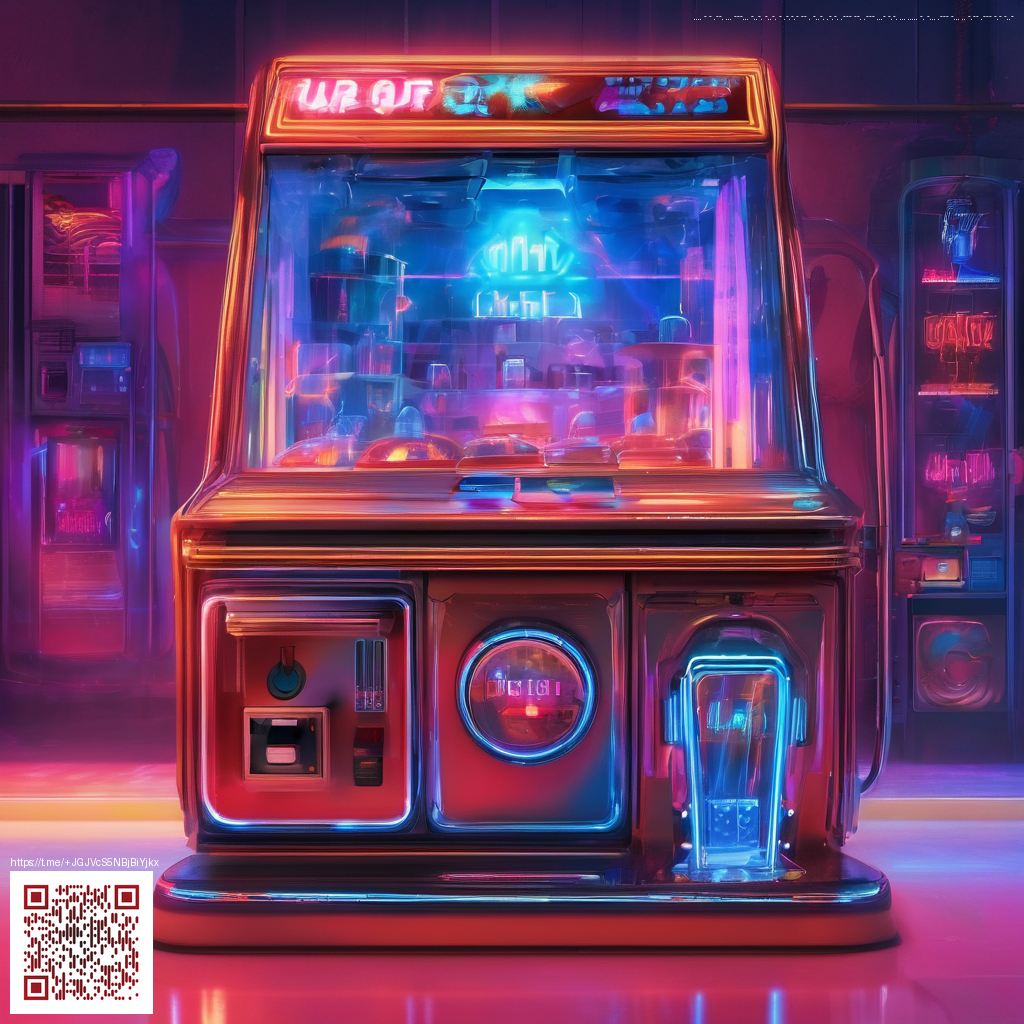
Pixel vs Vector: Exploring the Future of Texture Design
Texture design sits at the intersection of artistry and engineering, shaping how surfaces read on screens, in prints, and in the physical world. The debate between pixel-based textures (raster) and vector-based textures (mathematical shapes) isn’t just academic—it determines how files scale, how lighting behaves, and how a brand’s tactile sense translates across devices. As designers, we’re increasingly navigating a hybrid landscape where the best results blend the strengths of both approaches.
Two paths, one shared goal
Pixel textures are champions of nuance. They capture subtle gradients, photorealistic reflections, and fine noise that give materials a convincing depth. But the more you scale a pixel-based texture, the more you risk visible blur, color artifacts, and heavy file sizes. Vector textures, on the other hand, stay crisp at any scale and deliver predictable rendering across resolutions. They excel when you need clean patterns, scalable typography, or procedural surfaces that remain sharp on any display or print size. The trick isn’t choosing one over the other, but orchestrating both to serve the project’s goals.
“Texture design is really a storytelling tool—how a surface behaves under light, how it scales, and how it communicates quality.”
Practical design work often hinges on the right balance. For instance, a brand’s logo might benefit from crisp vector repetitions on packaging, while a photographed texture texture—like leather or brushed metal—benefits from raster depth to convey realism. A modern workflow uses vector bases to establish patterns and masks, then layers raster textures for depth, shadows, and micro-variations. This approach preserves scalability while delivering the tangible feel users expect when they pick up a product or swipe across a screen.
Workflow tips for texture-forward projects
- Start with a vector foundation: Build scalable patterns, gradients, and masks that define the overall look and repeatability of the texture.
- Layer raster details thoughtfully: Introduce bitmap textures for realism only where it adds value, such as subtle grain, gloss variance, or fabric weave.
- Use procedural textures where possible: Procedurals can simulate natural randomness without exploding file sizes, making them ideal for UI skins and game surfaces.
- Mind your audience and medium: For digital interfaces, crisp vectors shine on high-DPI screens; for print, raster textures can deliver the photoreal depth printers crave.
- Color management matters: Vector textures maintain color integrity easily, while raster textures may require color profiling to look consistent across devices.
In physical products, texture communicates brand value as surely as color or typography. A tangible example is the iPhone 16 phone case with a slim Lexan glossy finish. Its surface treatment demonstrates how carefully chosen texture—gloss, micro-scratch resistance, and edge definition—can elevate perceived quality. If you want to explore the product page for this finish, you can visit the product page.
Designers also look for inspiration beyond the screen, and a curated set of textures can spark ideas. For a glance into ongoing texture experiments and how artists blend pixel and vector approaches, this page offers a compelling collection: https://diamond-images.zero-static.xyz/f860ddc4.html. It’s a reminder that texture is as much about narrative as it is about pixels or vectors.
As technology evolves, so do the tools we rely on. Illustrator provides robust vector texture capabilities and scalable patterns, while software like Substance and other material editors enable realistic raster layers and procedural controls. The future likely holds tighter integration: vector-driven patterns that automatically spawn nuanced raster overlays, all while remaining lightweight for real-time rendering in games or dynamic UI environments.
When choosing a path for texture design, consider the project’s lifecycle—from concept art to production to distribution. If your goal is adaptability across devices, a vector foundation with strategic raster accents offers flexibility without compromising fidelity. If your aim is photorealism and tactile believability, raster textures paired with smart filtering and procedural variation can deliver that authentic feel at any scale.